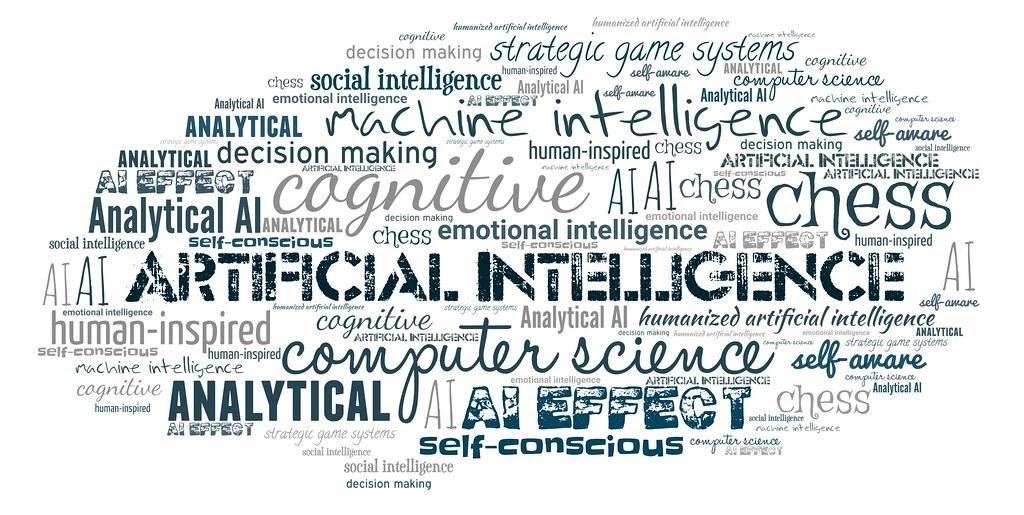Consider a scenario where you are sitting in a board meeting for deciding on the budgeted profit numbers for your organization and the sales team is giving you random scenarios and corresponding expected numbers based on projections. But does that really give you, as the board member, the confidence that all the possible scenarios have been considered and the business outcomes or the sales forecast is robust enough, backed by logic and historical trends, tested for sensitivity and interpreted correctly? Not really.

With lots of models, presentations, and data to refer to, the entire decision-making process becomes a difficult task and experience for everyone. On the contrary let’s consider a situation where the marketing team has everything (data, model, analysis, and interpretation) stored in a proper place (cloud) and presented to you in an easily understandable format through one model, one slide deck, and job is done.
Whenever we speak of pricing strategies or budgeting sales or volumes forecast, we deal with lots of numbers. This data must be mined and cleaned to make it usable. In the era of big data and artificial intelligence, this processed data holds a lot of value and we can do unimaginable things with this data.
In today’s world, there are so many companies that work only on accumulating this valuable data for them to sell it to other big companies. These big companies convert this data into useful information by processing it.
Let’s take a closer look at how this data can be used effectively and efficiently to create some confident pricing strategies.
Once we have our company’s historical price, sales, and volumes data we can use it to forecast the future through simple or sophisticated models. These models may be based on simple mathematical calculations or may use different statistical concepts of regression, correlation etc. and can be predictive or non-predictive.
Some models also use operations research-based algorithms like the transportation model for optimizing the outputs. The selection of the model is based on a problem that needs to be addressed.
Once we have selected an appropriate model, entered the input parameters and generated the output, we need to analyse this output to make it usable. Further, we can do simulations to conduct a sensitivity analysis and create as many scenarios by changing the values of selected few or many independent input variables to see the change in output results.
This also allows the user to test the model for robustness. For example, the price of a commodity can never be zero*. So, if the input variable is the price and is set at zero the model should give you an error.
If price and volume are input variable, we can define a price range and volume range and perform a sensitivity analysis. Or if you change one of the inputs to your model like the expected price of the product or the price of the competitor, you can see the corresponding change in the expected sales or volumes or the resulting net present value.
You can also build scenarios around consumer preferences for example color, smell, or taste of the product, how will it change the consumer buying behavior. With any added benefit or feature, how much extra is the consumer willing to pay, all these situations can be created and analyzed using such models.
The story does not end with generating data backed output using sophisticated models. It is equally important to present data in an easily understandable format which enhances comprehension and decision making.
Once we have our scenario outputs ready and stored properly, we can represent these outputs very creatively through presentations and data visualizations. This easily understandable format allows the user to see the cause and effect relationship on real time basis.
If you make a change to the price, what is the consequential increase or decrease in sales or if there is no change. These models and presentations can further be stored on an internet-based platform or a cloud and can be accessed by multiple users in multiple locations at the same time.
When the decision-maker is actually able to view the results based on technically strong models which have also accounted the past experiences in the form of historical data and are also giving you the flexibility to predict the future, store and save the results on a real-time basis in the form of different scenarios, it boosts confidence by many folds in the entire decision-making process that the results are directionally correct and leads to informed decision-making.
